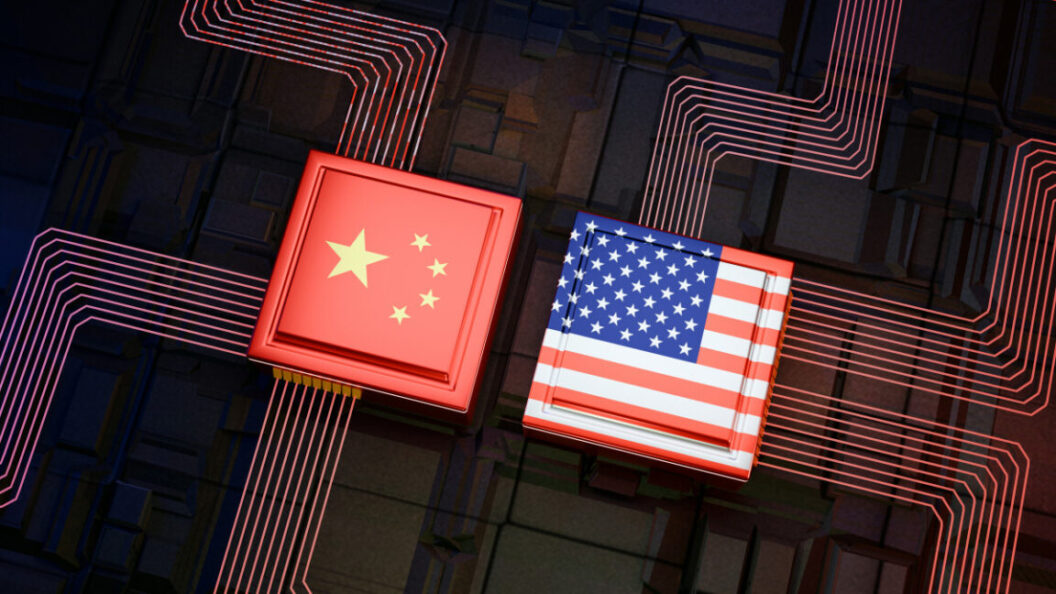DeepSeek’s R1 AI Model Claims Breakthrough Performance Over OpenAI
In a significant advancement in artificial intelligence, the Chinese company DeepSeek has unveiled its new reasoning model, R1, which reportedly outperforms OpenAI’s acclaimed model, o1, on various prestigious benchmarks. This development has sparked interest both for its technological capabilities and for the implications of its origin in China—particularly concerning censorship and content moderation.
Performance Highlights
DeepSeek’s R1 model has been showcased for its improved performance in fields that demand complex reasoning, specifically math and science-related tasks. The model has been tested against several respected metrics, including the American Invitational Mathematics Examination (AIME), MATH-500, a collection of math problems, and SWE-bench Verified, a programming assessment tool. Reports indicate that R1’s performance has drawn comparisons to OpenAI’s o1, with some tests highlighting R1’s superior capabilities.
Notably, results from DeepSeek suggest that R1 has managed to excel in areas that typically challenge existing models. The demonstrated ability to handle rigorous mathematical queries and programming tasks positions R1 as a strong contender in the growing landscape of AI systems.
Key Comparisons and Independent Verification
While DeepSeek’s claims are impressive, they warrant careful consideration. As AI benchmarks can vary significantly in their implementation and interpretation, experts caution against drawing definitive conclusions without independent validation of the results. The rapid evolution of AI technology underscores the importance of scrutiny before accepting performance claims, lest they be overstated.
According to TechCrunch, the entrance of three Chinese labs, including Alibaba and Moonshot AI’s Kimi, marks a competitive scene where these entities claim their models can match the capabilities of OpenAI’s o1. DeepSeek originally previewed R1 in November, indicating a swift development cycle amidst fierce competition.
Censorship Concerns
Although R1 displays advanced functions, it comes with limitations that stem from its Chinese regulations. If utilized in a cloud-hosted version, R1 is programmed not to generate responses regarding controversial subjects such as the Tiananmen Square incident or Taiwan’s autonomy. This is a direct consequence of abiding by Chinese internet regulations that require the model to "embody core socialist values."
In stark contrast, the model can be run locally outside of China, where users are not subjected to these stringent content restrictions. This disparity raises important questions about the availability and freedom of information in AI technologies, particularly those that originate from countries with strict media censorship laws.
Expert Opinions on Development and Implications
Dean Ball, an AI researcher from George Mason University, expressed optimism regarding the potential of DeepSeek’s distilled models, suggesting that they could proliferate outside of controlled environments. He noted on social media platform X, "The impressive performance of DeepSeek’s distilled models… means that very capable reasoners will continue to proliferate widely and be runnable on local hardware, far from the eyes of any top-down control regime."
This observation highlights a paradox where powerful AI capabilities can coexist with regulatory frameworks that limit discourse around sensitive topics. The implications of this scenario could have profound effects on how AI is integrated into academic, scientific, and professional spheres globally.
Conclusion: The Future of AI Development and Regulation
DeepSeek’s R1 model exemplifies the rapidly advancing landscape of artificial intelligence, bringing both promising capabilities and complex challenges to the forefront. As competition intensifies among AI developers across the globe, concerns regarding censorship and content oversight will require careful balance. The evolution of these technologies raises questions about ethical considerations, equitable access to information, and the responsibilities of creators in navigating the implications their models may impose.
In light of these developments, stakeholders in the AI community—ranging from researchers to policymakers—must engage in discussions that consider both innovation and the broader socio-political context in which these technologies are deployed. The future of AI is not solely about performance metrics; it is also about the environments in which these models operate and the types of dialogues they encourage or suppress.









